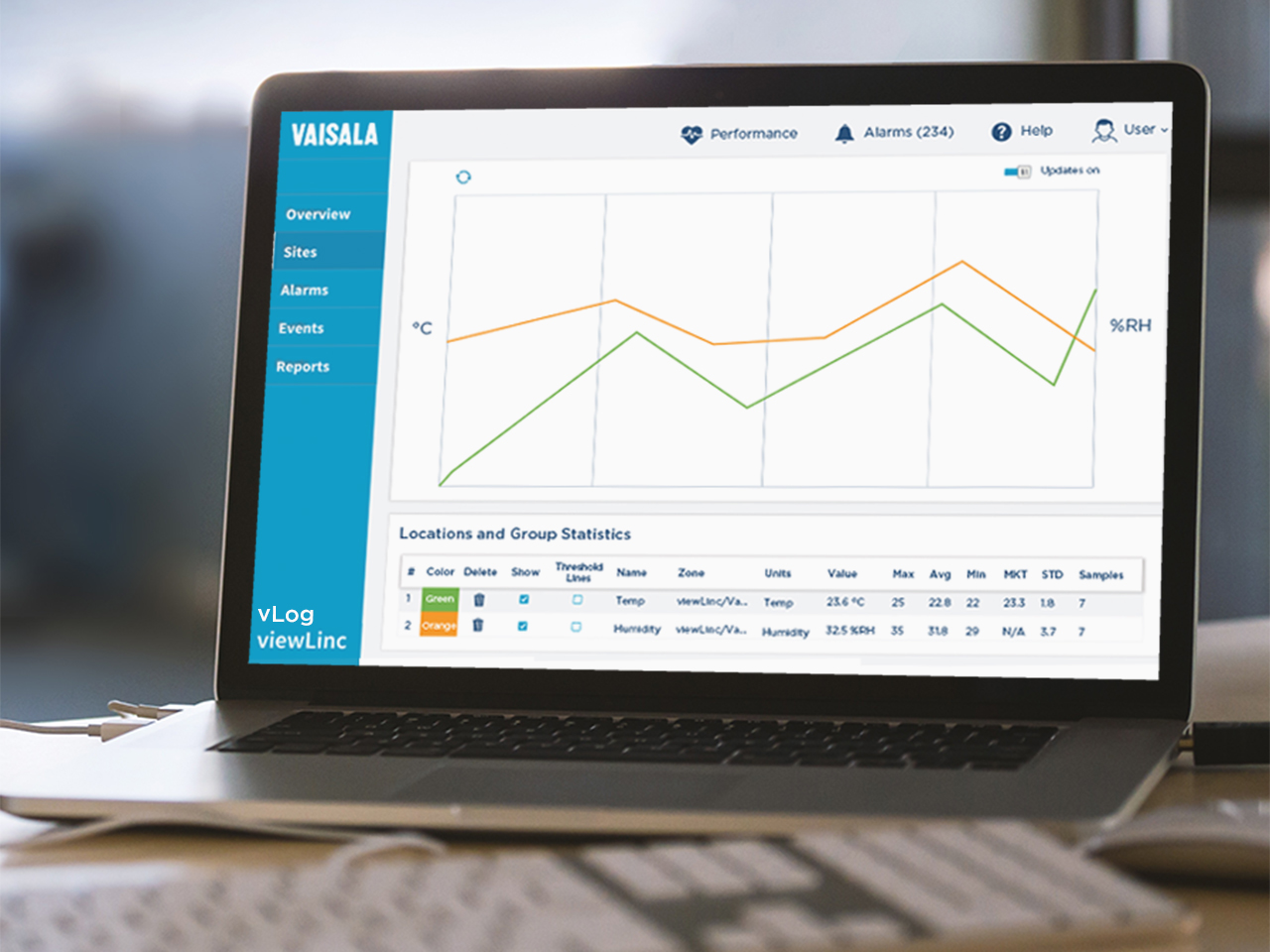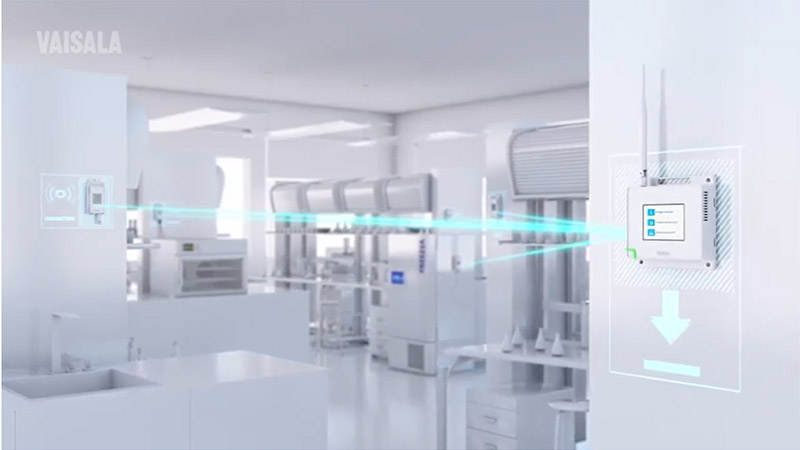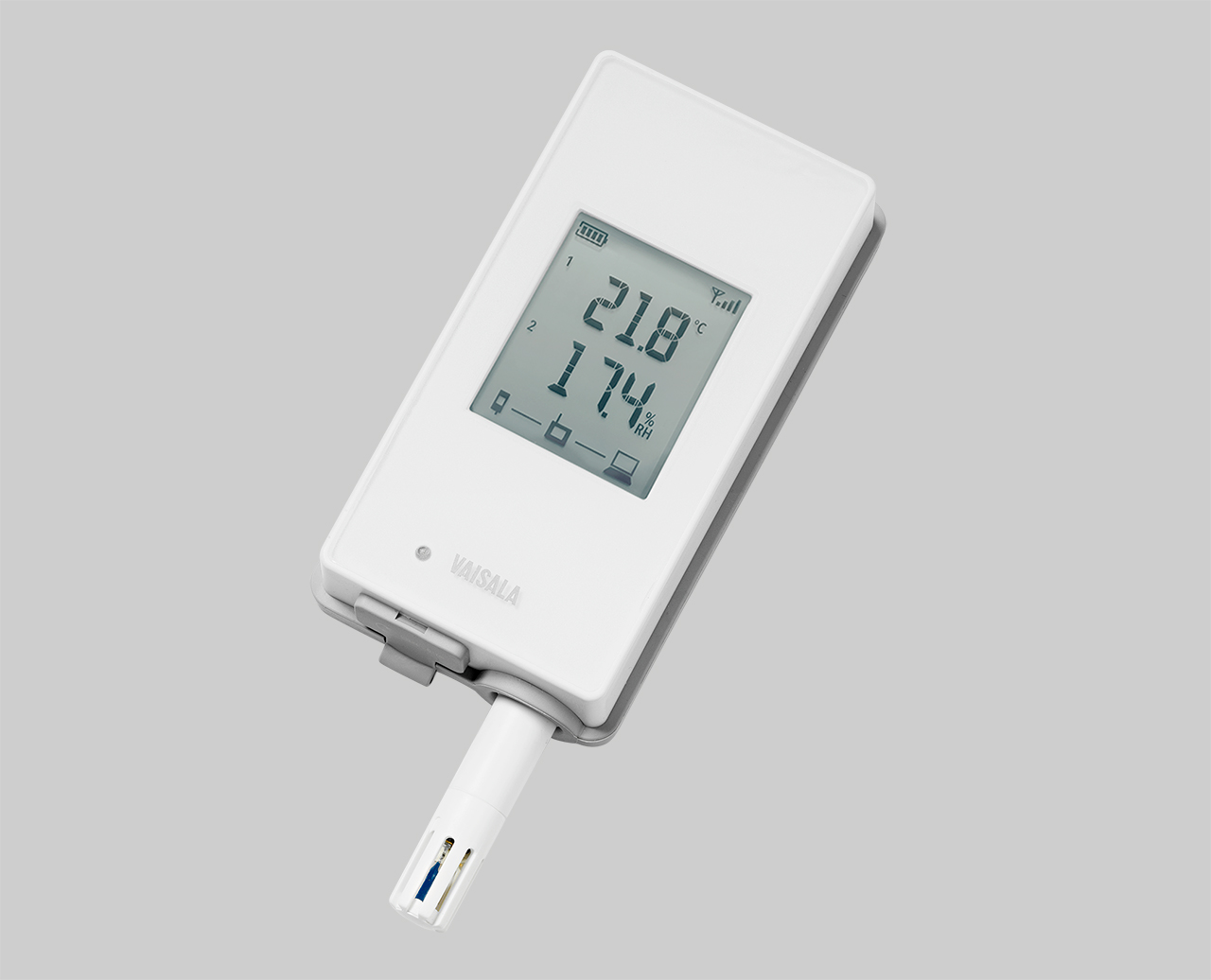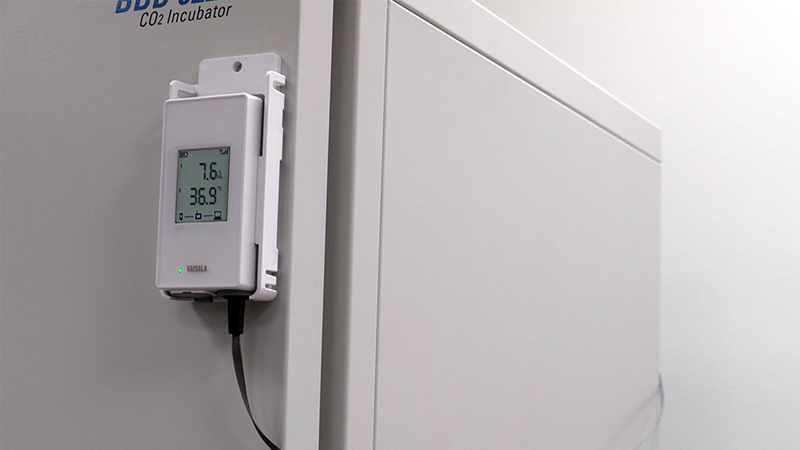EMS, CMS, BMS: Choosing the right monitoring system in CGMP Applications
In a recent webinar, “How Continuous Monitoring & Building Management Systems Support Monitoring, Compliance, & Control” we received several questions on monitoring GxP applications with Building Automation Systems and Continuous Monitoring Systems. In this blog, Senior Application Engineer John Coen and Senior GxP Regulatory Expert Paul Daniel answer the questions they did not have time to answer during their presentation.
Question: What is the difference between EMS and CMS?
Answer: Environmental Monitoring Systems and Continuous Monitoring Systems are essentially the same type of system. Many viewLinc CMS users call their system an EMS. At Vaisala we decided to call the viewLinc system a Continuous Monitoring System to highlight features that ensure data integrity. Environmental Monitoring GxP facilities sometimes includes microbiological monitoring in water (and other activities) that are out of scope for our Vaisala viewLinc system. This is why we refer to this as a CMS (Continuous Monitoring System).
Question: If you already have a BMS system in place, is it not more economical and efficient to tie in your monitoring system to the BMS? You will also need a data historian to collect the data to meet CFR part 11, but those are available…
Answer: On first glance, it would make sense that a pre-existing BMS will make a more economical or efficient monitoring system. However, it will most likely cost less and take less time to implement and validate a purpose-built Continuous Monitoring System. Validation efforts are the key; it would take less time and cost to validate a Vaisala viewLinc CMS, than it would to validate a pre-existing BMS system.
A typical Building Automation System will require complicated validation because it’s a customized system, designed for the facility. A new non-custom Continuous Monitoring System, especially one that comes with ready-to-execute validation protocols, will save time and effort in validation.
Regarding the data historian, it is true that you could try to compensate for the shortcomings of a BMS (lack of Part 11 compliance) with a data historian, but the data historian system will still require validation. Further, it cannot retroactively provide data integrity for data already collected by the BMS, because the data wasn’t well-controlled before it got sent to your data historian.
In terms of streamlining validation efforts, a single system that records all data and includes a simpler IQOQ upon implementation ensures compliance with Part 11 and Annex 11 more efficiently than buying and validating a data historian and validating an existing custom system (BMS).
Question: One of the advantages of the BMS is related to the size of the sensors as they are easy to get inside some chambers. Based on the apparent size of the Vaisala sensors, this could represent a challenge. Does Vaisala have options available in small sizes to allow for easy setup?
Answer: Some Vaisala Smart Probes are thicker than a standard RTD sensor, measuring approximately one cm thick and six cm long. However, a thicker probe size comes with some advantages, such as the ability to hot swap probes for easier calibration, as they are independent from the data logger.
Vaisala data loggers can also be supplied with a standard RTD probe if desired and the probes are available on cable extensions to make installation easier. Our customers have no difficulty getting these sensors and probes inside chambers using the probe ports available on most CTU’s.
In the event that you cannot get the probe into the chamber, you can simply place the entire data logger inside the chamber or use one of our flat cables. Another option, the Vaisala VaiNet wireless system is robust enough that the signal for the data logger has no problem operating from within a chamber.
Question: What are the advantages and disadvantages of a wireless CMS system?
Answer: The first benefit of a wireless system is in ease of installation. Wireless systems require far fewer communication cables, and only for the Network Access Point, which communicates with multiple data loggers. Truly wire-free data loggers also run on batteries, meaning power cables are not required for each sensor. This makes sensor deployment faster and more flexible.
However, data loggers connected to a network by a wired system are often considered more secure. This perception persists due to past experience with legacy Wi-Fi technologies, which included poor range and security issues. While many of the issues with Wi-Fi have been solved, it still has poor range, sometimes requiring a 20x more Wi-Fi gateways. For example, consider how many 20 m radius spheres can fit inside a 100m radius sphere. This type of set-up is also dependent upon power outlets due to the high power requirements of Wi-Fi.
The VaiNet wireless system is far more secure than even the best Wi-Fi, and has long-range (100 meters vs 20 meters for Wi-Fi). The wireless data loggers run on batteries (2 normal AA batteries, with a typical lifespan of 18 months). It is true that when a data logger is connected to a network by an Ethernet Cable, there is less chance of a blocked or dropped signal.
But fully wired systems are still much harder to implement, and harder to change. Depending on the application and what kind of flexibility you need from a data logger, wireless can actually cost less than wired, when all costs are accounted for.
Question: Is it mandatory to perform periodic field calibrations in a BMS or can sensor accuracy be checked as part of routine preventative maintenance?
Answer: Yes, to both. If the BMS interacts with any GxP application, with field instruments collecting GxP Data, the regulations on calibration must be followed. Regulations require calibration at regular intervals, often once per year, or once every 6 months. Field checking as part of Preventive Maintenance is always a good practice, but it is not a replacement for a calibration.
Question: We have an oral solid dosage form manufacturing premise with single shift manufacturing i.e., eight hours per day, is carried, except in raw material storage (which has 24-hour monitoring), for grey area of that premises does it need 24-hour monitoring?
Answer: It may come as a surprise, but it actually requires more effort to monitor for eight hours a day than it does for 24 hours a day. This is because monitoring systems are built with the assumption that the monitoring is continuous. To monitor for only eight hours per day requires turning things off and on, creating an opportunity for people to forget to turn parts of the system back on.
It’s simpler and safer to gather data for 24 hours. The difficulties arise when you receive alarm notifications when the facility is not active. In the viewLinc system, we have a feature called “schedules” which allows you to schedule when alarms are sent, and which employees will receive notifications. The end result is that, if preferred, no alarms are received while the facility is not in operation. It’s always better to have the data and not need it, than need it and not have it.
Question: With the rise of AI, what would be the next evolutionary step of BMS and CMS systems?
Answer: Currently, AI is being used by some other companies to do advanced prediction of failures of cooling and heating systems. Similar AI technology could be used to analyze the temperature performance of controlled area and give earlier predictions of alarms. And as an outside influence, I imagine a researcher or mathematician could devise a better measure of thermal damage than the current MKT calculation.
There may be more possibilities for AI in BMS because the focus of a Building Management System is control, energy efficiency, and safety. With so many parameters and data to analyze, undoubtedly there are ways to use AI in a BMS to increase efficiency and predict equipment failures and maintenance requirements.






Add new comment